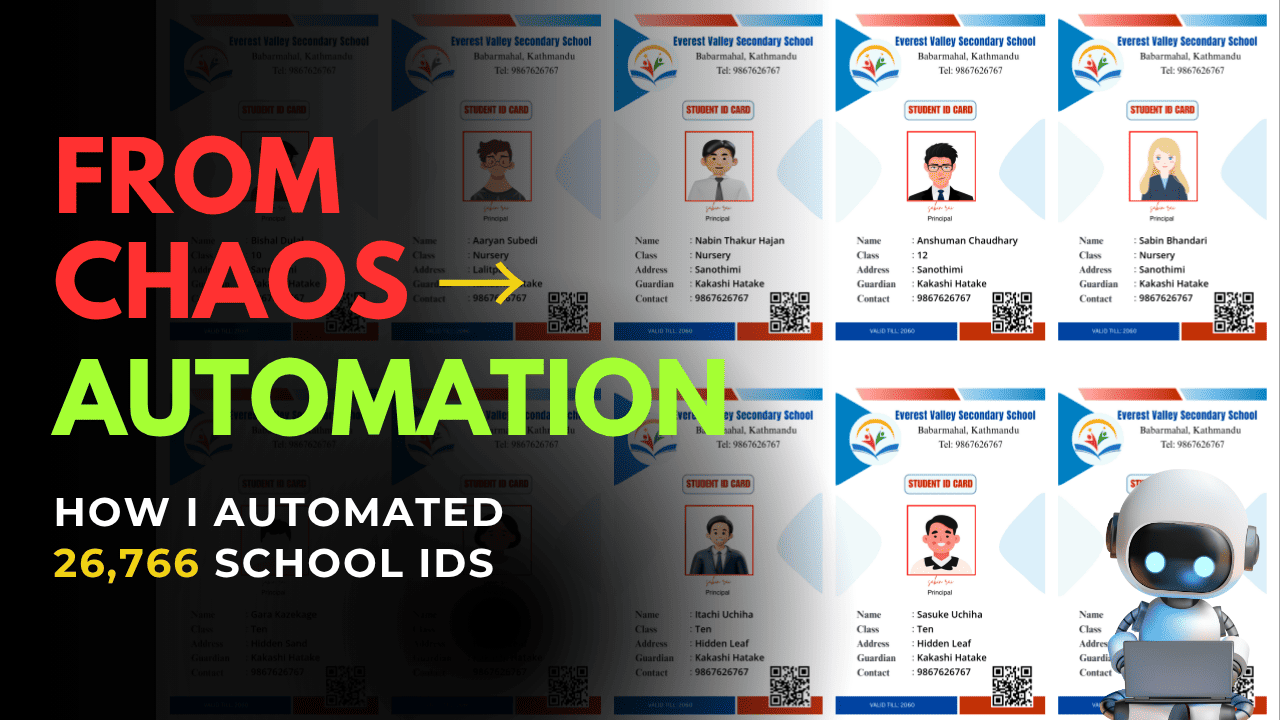Perceptron in Machine Learning
The perceptron is a fundamental concept in machine learning, serving as one of the earliest models for binary classification. This document explores the perceptron algorithm, its architecture, and its significance in the broader context of machine learning. We will delve into how the perceptron functions, its training process, and its limitations, as well as its historical importance in the development of neural networks. Introduction to Perceptron The perceptron is a type of artificial neuron that mimics the way biological neurons work. It takes multiple inputs, applies weights to them, and produces a single output. The perceptron can be seen as a linear classifier that makes decisions by calculating a weighted sum of its inputs and passing the result through an activation function, typically a step function. Architecture of a Perceptron A perceptron consists of the following components: The mathematical representation of a perceptron can be expressed as: [ y = f(w_1x_1 + w_2x_2 + … + w_nx_n + b) ] where ( y ) is the output, ( w_i ) are the weights, ( x_i ) are the inputs, ( b ) is the bias, and ( f ) is the activation function. Training the Perceptron The training process of a perceptron involves adjusting the weights and bias based on the errors made in predictions. This is typically done using the following steps: [ w_i = w_i + \eta (y_{true} – y_{pred}) x_i ] [ b = b + \eta (y_{true} – y_{pred}) ] where ( \eta ) is the learning rate, ( y_{true} ) is the actual label, and ( y_{pred} ) is the predicted output. Limitations of the Perceptron While the perceptron laid the groundwork for neural networks, it has several limitations: Historical Significance The perceptron was introduced by Frank Rosenblatt in 1958 and marked a significant milestone in the field of artificial intelligence. It sparked interest in neural networks and inspired further research, leading to the development of more complex architectures and algorithms. Despite its limitations, the perceptron remains a crucial building block in understanding modern machine learning techniques. Conclusion The perceptron is a foundational model in machine learning that has paved the way for more advanced neural network architectures. Understanding its workings, training process, and limitations is essential for anyone venturing into the field of machine learning. As we continue to explore more sophisticated models, the principles behind the perceptron remain relevant and influential.









